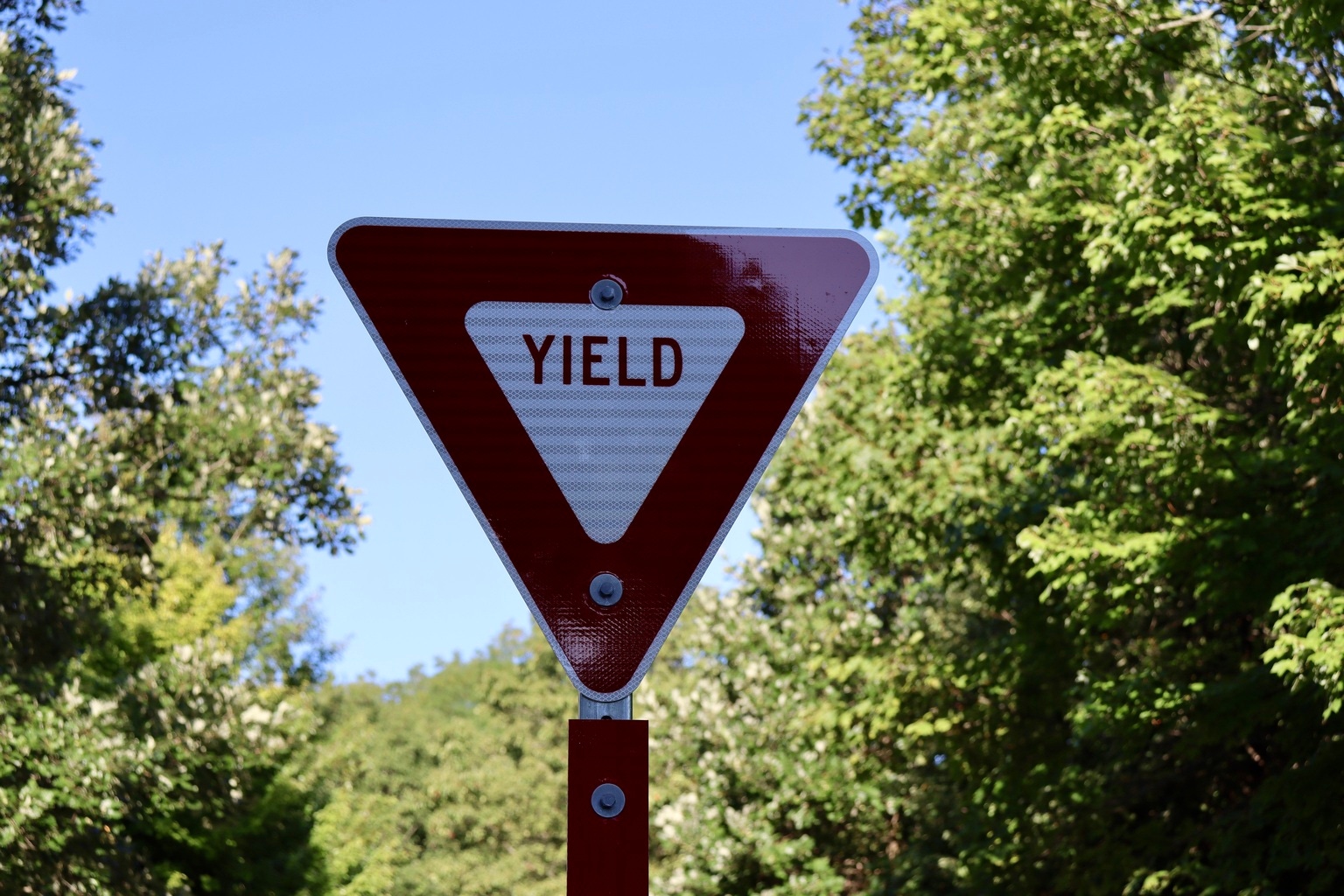After midnight, find a dark spot away from city lights, lie back facing southeast and let your eyes adjust to catch a glimpse of the Orionid meteor shower streaking across the sky
Clear skies and a moonless night mean people across the UK have a great chance to catch the impressive Orionid meteor shower streaking across the sky after midnight.
The annual display – occurring about 60 miles above Earth and lasting about a week in late October – will reach its peak in the early hours of Wednesday morning, October 22. The bright meteors will blaze through the sky at speeds of roughly 41 miles per second.
The Orionids – as they are more commonly called – are formed from debris left behind by Halley’s Comet as it travels along its orbit around the Sun. The famous comet is visible from Earth roughly every 75 to 76 years, with its next appearance expected in 2061.
READ MORE: UK weather warning map shows where 75mph winds will batter Brits – check your areaREAD MORE: Paris tornado aftermath pictured as twister tears through region killing one
What is the Orionid meteor shower?
As comets orbit the Sun, they leave behind a trail of debris through which the Earth passes. These tiny particles burn up in our atmosphere, creating bright streaks of light – so-called “shooting stars” – although they are not actually stars.
Around 30 meteor showers can be seen each year, and the Orionids are among the brightest and most visible.
Meteor showers are named after the constellation from which they appear to radiate, rather than the comet from which they originate. In this case, the radiant point lies in the constellation Orion the Hunter.
During the peak of the Orionids in the early hours of Wednesday morning, skygazers could see around 15 meteors per hour, travelling at speeds of up to 148,000mph.
What’s the best time to watch the Orionid meteor shower in the UK?
Fortunately, you don’t need telescopes or binoculars to see meteor showers. In fact, they are best viewed with the naked eye, as specialist equipment is more effective for observing stationary objects.
The Orionids can be viewed in both the Northern and Southern hemispheres in the hours between midnight and dawn.
Find a dark spot away from city lights with an unobstructed view of the sky and lie flat on your back with your feet facing southeast, as recommended by NASA for observers in the Northern Hemisphere.
After about 30 minutes, your eyes will adapt and you’ll begin to spot meteors streaking across the night.
The main obstacles to seeing meteors are clouds and light pollution, according to the American Meteor Society.
While UK weather has been unsettled this week, clouds and showers are expected to clear on Tuesday evening, leaving plenty of clear skies across the country. The lack of moonlight due to a new Moon will also improve viewing conditions.
Following the peak, meteor activity will slowly decrease, though those in Scotland may still catch a good display on Wednesday night. Elsewhere in the UK, cloud and rain spreading northwards may obstruct the view.
By the end of the week, clearer conditions are expected to return, improving night-sky viewing. The Orionids will be active till November 7.
Comets and constellations to spot
While Halley’s Comet – the source of the Orionid meteor shower – won’t be visible again until 2061, other comets may be seen this week.
The Orion constellation, easily visible in the Northern Hemisphere, rises in the east after midnight, just north of the red star Betelgeuse. To locate it, look out for a line of three bright stars close together – Orion’s Belt – says BBC Sky at Night Magazine.
Observers in the Northern Hemisphere might also spot Comet Lemmon or Comet SWAN, both of which are at their closest approach to Earth on Tuesday. Comet SWAN takes about 22,554 years to orbit the Sun, while Lemmon completes an orbit roughly every 1,350 years.
















